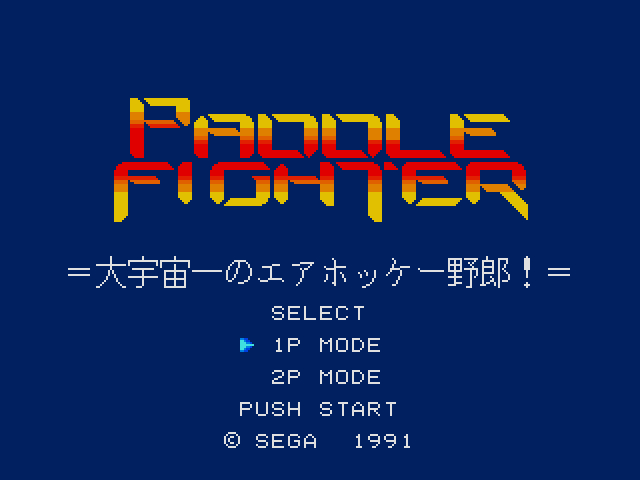
PUBLISHED/DEVELOPED: Sega, T’s Music
RELEASE DATE: 03/1991 – (JP)
Any time a company is at the peak of their financial powers, they’re almost always at the peak of their hubris. Sega is a prime example. In the early-to-mid 90s, when the Genesis was flying off the shelves in the States, they released the Sega CD, the 32X, the CDX, and the Saturn in a less-than-three-year timespan. We complain today about expensive mid-generation console refreshes like the PS4 Pro and Xbox One X, and (arguably) rightfully so. But at least Sony and Microsoft aren’t giving us numerous console add-ons and expansions, one after the other, after the other.
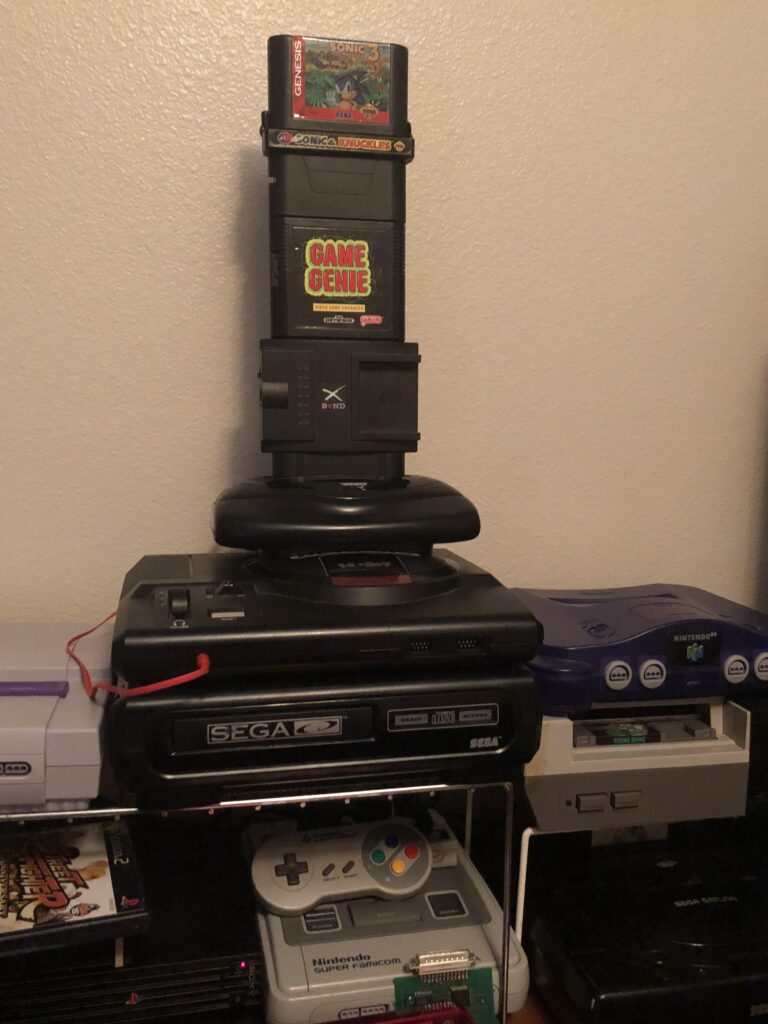
For all of Sega’s tyrannical “you will buy this because you love us!” mindset regarding consumers, they also pumped out some innovative and ahead-of-their-time tech. Products like the Activator brought in terrible full-body motion controls years before the Kinect did. Then there’s everyone’s favorite, the Sega Channel, a subscription-based digital service that allowed you to play dozens of games on your Genesis (via your cable provider) for a $12.95 monthly fee. Truly revolutionary!

In Japan, however, all the way back in 1990, Sega had already been experimenting with online connectivity for the Mega Drive via the Sega Mega Modem. The Modem was used primarily for banking via the Mega Anser service and playing games online with a Sega Meganet subscription. Only six games in total allowed you to get online and play with another person, and as you might imagine, most of these games involve slow, methodical gameplay so as not to tax Japan’s phone lines.
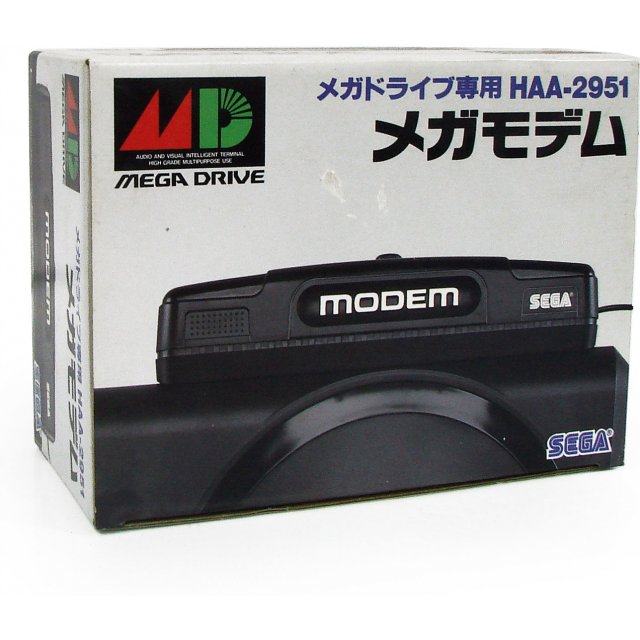
Sega Meganet wasn’t entirely a bust, though. With a subscription and a Sega Game Toshokan cartridge (sold separately, of course), subscribers could have access to games that weren’t otherwise available for the console. From November 1990 to late 1992/early 1993, over forty games-of-sorts were released for the service. Eight of these games are Phantasy Star II side-stories, five are Kinetic Connection puzzle sets, and seven are Pyramid Magic games. So really only about twenty original titles, but that’s not the point. The point is, Sega did something that, once again, Microsoft would implement several decades on with greater success.
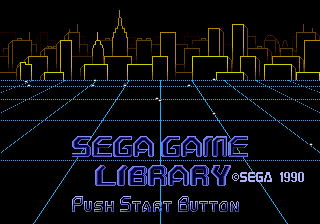
This brings us to Paddle Fighter, one of the twenty games released for Sega Game Toshokan that isn’t related to Phantasy Star II, Kinetic Connection, or Pyramid Magic. Paddle Fighter is the only air hockey video game I’ve ever played, and after giving it some time, it’s the only air hockey game I ever need to play. Somehow Sega nailed the back-and-forth paddle waggling just right. In lieu of an actual air hockey machine, Paddle Fighter is a worthy digital substitution.
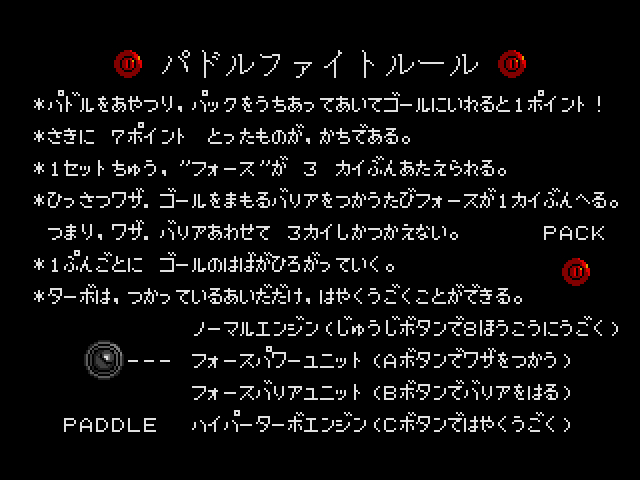
You control Binbowie, a vampiric-looking Japanese gentleman who I presume wants to be the greatest air hockey player of all time? He has that kinda “world domination in the air hockey arena” lust in his eyes. Binbowie’s not alone, though. His matches pit him against a range of weirdos, including a camel guy, a mutant bug, and a strangely attractive young woman. What’s she doing here?!
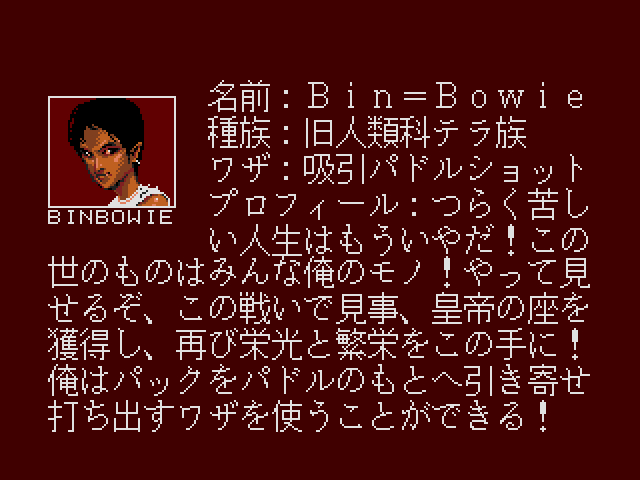
If you’ve played air hockey before, you know what to do. Knock the puck into your opponent’s slot more times than they knock it into yours. First person to seven points wins the match. Every player has a Force power they can use up to three times per match to help them win. Binbowie’s power is an electrical field that covers his slot and stops the puck once before it disappears. As the match progresses, the slot widens in length, making it easier for the puck to slide in.

Paddle Fighter works because whoever programmed this clearly loves air hockey. The table is the perfect size, not too large, not too small. The action is never so fast that you can’t keep track of it, which means any mistakes you make feel like your own, not the game’s. The gameplay nails air hockey’s intricacies, as well. You’ll knock the puck into your own slot by mistake, slow the puck down in a corner to get control of it, and go aggro on an opponent in hopes that they’ll make a stupid decision.
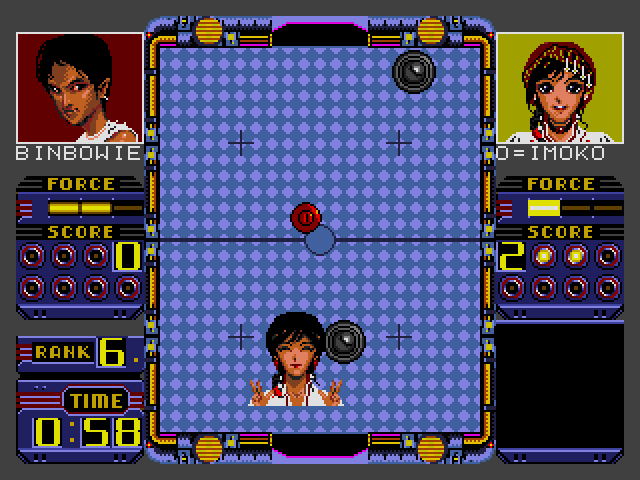
Most of the Sega Game Toshokan games I’ve played already are adequate, at best. Paddle Fighter makes the service worth it. The game is an excellent time waster and one that will hook you deep if you’re not careful. If I have one complaint, it’s that the computer-controlled opponents are too good at times. Often you’ll need them to knock their puck into their own slot in order to get any points. Then again, challenging opponents just means you get to play air hockey for longer. And in these trying times, who can argue with that?
B
*thanks to Reddit user Yokorick for this splendid display!
^thanks to Caterpie on Tumblr for this amazing image!

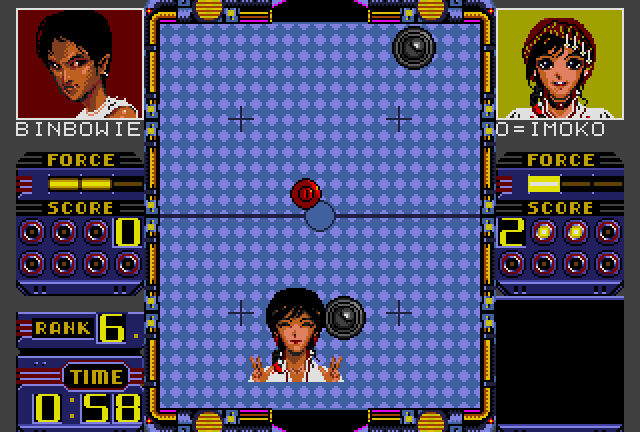
One reply on “Paddle Fighter (Mega Drive, 1991)”
Thanks for moving back to this site and reviving your Genesis reviews. You are still only in 1991. Long way to go.